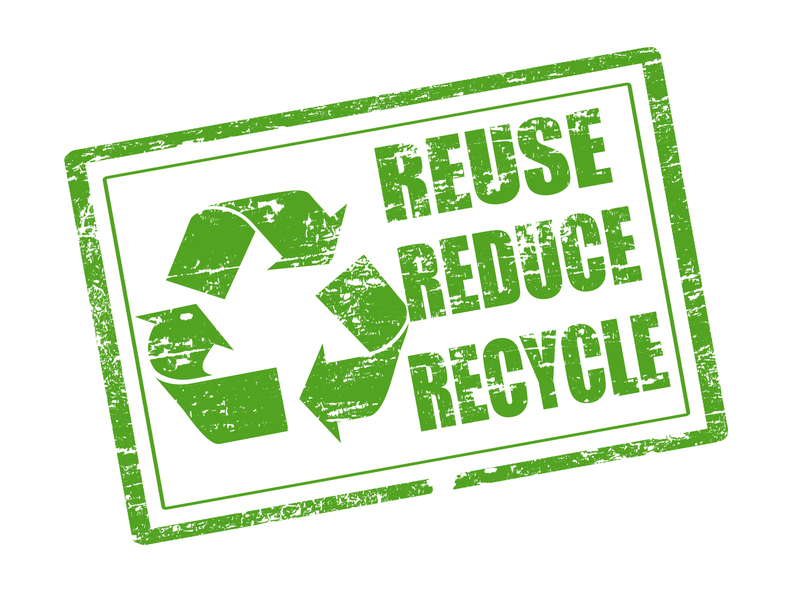Making PPE Waste Disposal Safe for You and the Planet
PPE (Personal Protective Equipment) has been essential in safeguarding public health, particularly during health crises like the COVID-19 pandemic. However, with billions of masks, gloves, gowns, and face shields disposed of daily, PPE waste has emerged as a major environmental concern. Ensuring safe and sustainable PPE waste disposal is vital, both to protect human health and the delicate balance of our ecosystems. This comprehensive guide will explore practical strategies, innovative solutions, and actionable steps for making PPE waste management safe for you and the planet.
Understanding the Scope: What Is PPE Waste?
PPE waste refers to items designed to protect users from injury or infection, including:
- Masks (surgical, N95, cloth)
- Face shields
- Gloves (latex, nitrile, vinyl)
- Gowns, aprons, and other medical clothing
- Shoe covers, caps, and other disposable accessories
During global health emergencies, the production and use of PPE skyrockets, leading to a surge in waste. Unfortunately, improper PPE disposal can result in environmental harm, public health risks, and even the spread of infectious diseases.

Why PPE Waste Disposal Needs Special Attention
PPE is typically made from non-biodegradable materials such as plastics and synthetic fibers. When not disposed of correctly, these items:
- Contribute to land and marine pollution
- Decompose slowly, lasting hundreds of years
- Introduce toxic chemicals and microplastics into ecosystems
- Pose infection risks to waste handlers and the public
- Block sewage systems and harm wildlife
Making PPE waste disposal safe means protecting the environment and ensuring the well-being of communities globally. It requires a blend of personal responsibility, systemic policy change, and the adoption of innovative technologies.
Best Practices for PPE Waste Disposal
To ensure safe and sustainable PPE disposal, both individual users and institutions must follow proper waste management procedures. Below are recommended best practices:
1. Segregate PPE Waste from Regular Trash
- Use dedicated bins for used PPE items, clearly labeled for easy identification.
- Encourage the use of color-coded bags (e.g., red or yellow for hazardous waste) to prevent accidental mixing.
- Position bins in convenient, accessible locations to promote usage.
2. Encourage Proper Handling and Hygiene
- Always wash or sanitize hands thoroughly after handling used PPE.
- Avoid touching the outside of masks and gloves once used.
- Handle waste with gloves whenever possible to reduce infection risk.
3. Adhere to Local Regulations and Guidelines
- Check with local municipal or health authorities for specific disposal guidelines.
- Follow the latest recommendations from authoritative bodies like the World Health Organization (WHO) and the Centers for Disease Control and Prevention (CDC).
- Medical and quarantine waste may require incineration or chemical treatment - always comply with local rules.
4. Support Specialized PPE Recycling Programs
- Some companies and organizations offer take-back or recycling programs for PPE items.
- Encourage participation in these programs to avoid landfill buildup and promote material recovery.
- Innovative recycling technologies can convert certain PPE items into raw materials for new products.
5. Educate Communities and Employees
- Raise awareness about the environmental impact of improper PPE disposal.
- Offer training on safe handling, usage, and disposal procedures.
- Use visual aids and signage to reinforce correct practices in public spaces and workplaces.
Innovative Solutions for Eco-Friendly PPE Disposal
Addressing the environmental challenge of PPE waste calls for innovative and sustainable solutions. Here are some ways the world is moving towards greener PPE waste management:
1. Biodegradable and Compostable PPE
- Researchers are developing masks and gloves from naturally derived materials like bamboo, hemp, and cornstarch.
- Compostable PPE breaks down in industrial composting facilities, minimizing landfill impact.
2. Advanced Recycling Technologies
- Pyrolysis and chemical recycling can convert PPE plastics into fuels or new materials.
- Mechanical recycling separates, cleans, and processes PPE plastics for reuse.
3. Waste-to-Energy Conversion
- Incineration with energy recovery can safely destroy contaminated PPE while generating electricity or heat.
- Modern incinerators use advanced filtration to minimize air pollution and emissions.
4. Take-Back Programs and Collection Drives
- Hospitals, clinics, and community organizations can host collection drives for PPE waste.
- Public drop-off points provide convenient access for safe PPE disposal.
How Individuals Can Make a Difference
Even small steps add up when everyone participates. Here's how you can contribute to safer, greener personal protective equipment waste disposal:
- Reduce--Choose reusable PPE like washable cloth masks where appropriate.
- Reuse--Select durable PPE that can be disinfected and reused safely.
- Recycle--Check if your community has PPE recycling programs and participate whenever possible.
- Responsible Disposal--Never litter PPE! Always use designated bins and follow guidelines.
- Advocate--Support policies and products that prioritize sustainable PPE and safe disposal methods.
The Role of Businesses and Institutions
Workplaces, healthcare facilities, and organizations generate significant volumes of PPE waste. Their leadership is critical to making PPE disposal safe for people and the environment. Here are some effective measures:
Implement Comprehensive Waste Management Systems
- Establish clear protocols and assign dedicated staff for PPE collection and handling.
- Provide training and personal protective equipment to waste handlers to minimize risk.
- Partner with certified hazardous waste contractors for secure transport and processing.
Choose Sustainable Suppliers
- Select PPE manufacturers with transparent environmental practices.
- Opt for products with minimal packaging and made from recyclable or compostable materials.
Monitor and Report
- Track PPE usage and disposal rates to identify waste reduction opportunities.
- Publicly report progress and set ambitious targets for waste reduction and recycling.
Case Study: Successful PPE Waste Management Initiatives
Masks to Bricks in India: In India, organizations have launched programs to collect discarded masks and PPE, disinfect them, and transform the plastics into construction materials like bricks and tiles. This not only tackles the PPE waste crisis but also contributes to affordable building materials for communities in need.
Recycling Pilot Programs in Europe: Several European hospitals have implemented pilot recycling programs for single-use face masks. By separating mask waste from other trash and sending it to specialized recycling facilities, they reduce landfill pressure and support the circular economy.
Common PPE Waste Disposal Mistakes to Avoid
Despite increased awareness, many people still make mistakes that compromise both safety and sustainability. Avoid these common errors:
- Littering used masks and gloves in public spaces like streets, parks, or beaches.
- Placing contaminated PPE in regular recycling bins, risking contamination and injury to waste workers.
- Flushing masks and gloves down the toilet, which can block pipes and pollute waterways.
- Improper sealing of PPE waste bags, leading to the spread of pathogens during handling and transport.
Always remember: Proper PPE waste disposal keeps everyone safe and protects our precious environment.
Global Policies and Regulations on PPE Waste Disposal
Governments and international organizations have recognized the need for clear rules to manage the PPE waste surge. A few examples:
- The World Health Organization (WHO): Issues guidelines mandating the safe collection, treatment, and disposal of contaminated PPE in healthcare settings.
- The European Union (EU): Requires member states to handle infectious PPE waste through regulated hazardous waste streams.
- Local authorities: Often set up community PPE bins and run awareness campaigns about safe disposal.
What Can Be Improved?
- Greater investment in green alternatives and recycling technology.
- Stronger enforcement of laws prohibiting illegal dumping or burning of PPE.
- More public education to change behaviors around PPE waste disposal.

Making PPE Waste Disposal Safe for the Future
As PPE becomes a permanent part of modern life, the need for responsible disposal will only grow. Here's how we can build a more sustainable future:
- Research and Development: Invest in new materials and systems that combine protection, usability, and sustainability.
- Collaboration: Governments, manufacturers, communities, and individuals must work together to set new standards for PPE waste management.
- Continuous Improvement: Regularly update disposal guidelines as technology and best practices evolve.
Conclusion: Each Action Matters
Making PPE waste disposal safe for you and the planet is a collective responsibility. By embracing safe handling, proper segregation, local regulations, and supporting innovative disposal methods--we can break the cycle of pollution and protect public health.
Everyone has a role to play--from individuals picking up litter, to business leaders shaping procurement practices, to governments investing in green technology. By moving towards sustainable PPE waste solutions today, we safeguard the well-being of tomorrow's generations.
Key Takeaways
- PPE waste disposal must prioritize both human health and environmental protection.
- Proper segregation, handling, and adherence to regulations are essential for safety.
- New materials, technologies, and recycling efforts are making eco-friendly PPE disposal more possible every day.
- Governments, businesses, and individuals must work together for a safer, greener planet.
Join the movement for safer, sustainable PPE waste disposal and make a positive impact on your health and the Earth!